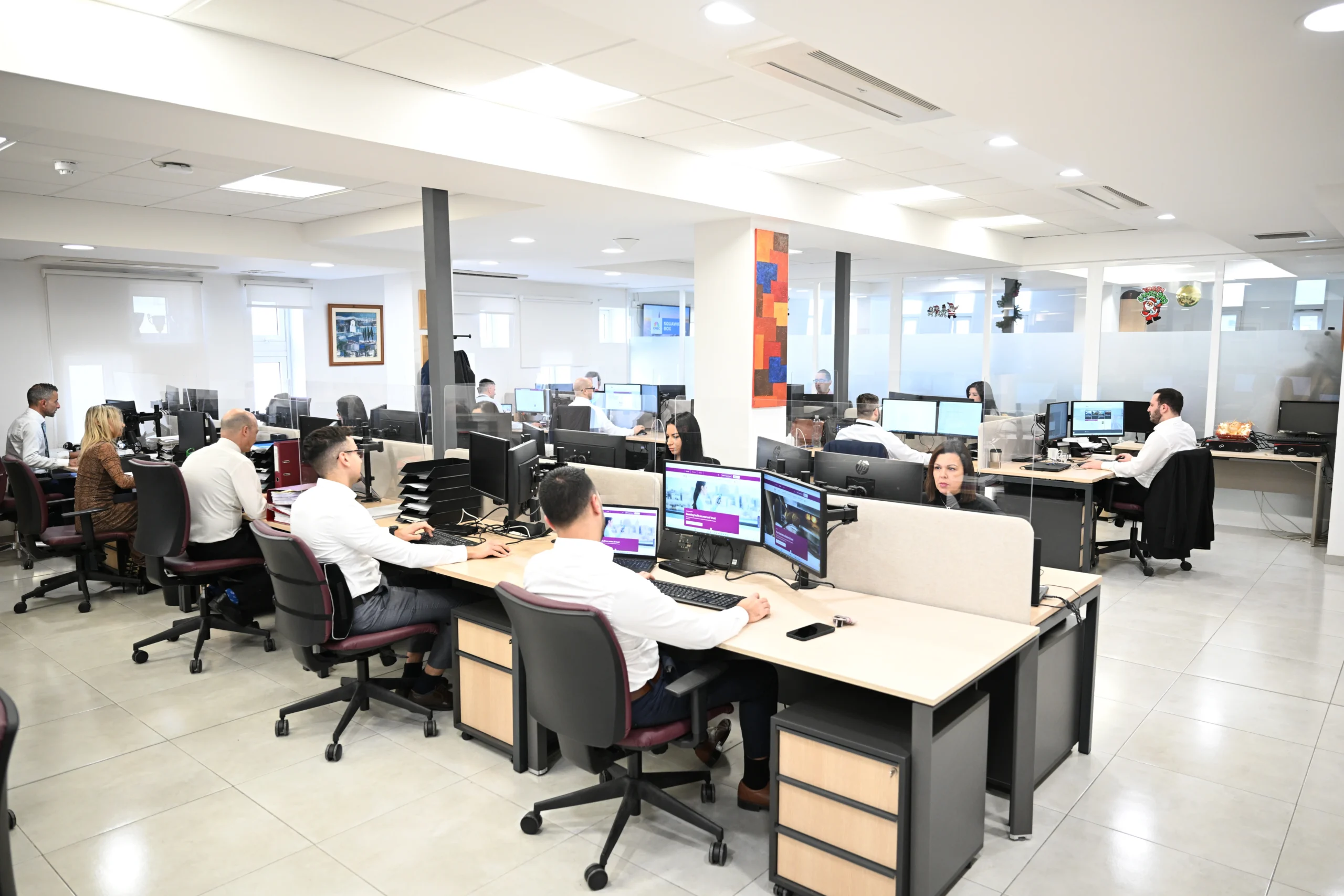Setting up a Crypto Wallet for Beginners

John E. Kaye
- Published
- Banking & Finance, Home

Setting up a Crypto Wallet for Beginners
If you’re thinking about buying cryptocurrency, then you’re going to need to store it somewhere. One way is to get a crypto wallet. Keep in mind that all wallets aren’t the same, so if you follow that route, then finding the best type is going to be priority number one. However, if you’re looking to trade crypto assets with the help of software like bitcoin prime, then you can leave your crypto in the same place you buy and trade it! Here’s the lowdown on the three wallets you can opt for.
The main wallets consist of the following:
- Non-custodial wallets
- Hosted wallets
- Hardware wallets
Non-custodial Wallets
A non-custodial wallet puts you entirely in control of the crypto deposited. No third party (custodial) is present in ensuring that you’re protected. Therefore, you’ll receive the vital software that is used to hold the crypto, however, you’re completely in charge of looking after the password and protecting it.
If the worst-case scenario happens and you forget or lose the password, there’s no possible way to gain access. Furthermore, if the password is stolen and someone discovers the wallet, then they can get full control over the digital assets. Passwords for crypto wallets are typically referred to as ‘private keys’ or ‘seed phrases’.
Additional benefits of having this type of wallet compared to the others include the following:
- Yield farming
- Lending
- Staking
- Borrowing
- And more
Individuals that are only investing in, sending, receiving, buying, or selling crypto assets are recommended to obtain a hosted wallet.
Setting up Process for Non-custodial Wallets
The setup process for this type of wallet is relatively straightforward:
- Download a wallet app from the chosen provider
- Sign up to make an account
- Take a note of your private key and keep it safe
- Put crypto inside the wallet (most will only allow you to transfer already existing crypto to the wallet rather than allowing you to use traditional currencies to buy crypto)
Hosted Wallets
Hosted wallets are commonly seen as the most popular type of crypto wallet. It works similarly to traditional banking, where a third party holds it for you. Thankfully, unlike a non-custodial wallet, if disaster strikes and you no longer remember your password there are ways of obtaining what’s inside the wallet with the help of the host.
The main drawback of using this one is that you may not have access to all crypto features. Although, as development continues, this may change.
Setting up Process for Hosted Wallets
If you’re happy to use a hosted wallet, then it’s time to set it up:
- Find a platform you trust
- Begin the account creation process
- Buy crypto assets or transfer existing ones
Hardware Wallets
Unlike the other two options, hardware wallets are designed to store private keys offline. This is done with a small device that looks similar to a USB drive. Although their use is uncommon due to them being costly, they do have some extra benefits. For instance, even if your laptop gets hacked, you’re protected. But, if you lose the device, you’ll lose access to your crypto – forever!
Using Hardware Wallets
Here’s how to use hardware wallets:
- Purchase the device
- Download and install any necessary software
- Transfer crypto you already have (most hardware wallets will not let you purchase crypto using normal currencies only allow the transfer of it)
Sign up to The European Newsletter
RECENT ARTICLES
-
 UK government sets up Women in Tech taskforce amid gender imbalance concerns
UK government sets up Women in Tech taskforce amid gender imbalance concerns -
 Liechtenstein lands AAA rating again as PM hails “exceptional stability”
Liechtenstein lands AAA rating again as PM hails “exceptional stability” -
 Lusaka Securities Exchange surges ahead on reform momentum
Lusaka Securities Exchange surges ahead on reform momentum -
 PROMEA leads with ESG, technology and trust in a changing Swiss market
PROMEA leads with ESG, technology and trust in a changing Swiss market -
 Why collective action matters for pensions and the planet
Why collective action matters for pensions and the planet -
 Structuring success with Moore Stephens Jersey
Structuring success with Moore Stephens Jersey -
 PIM Capital sets new standards in cross-jurisdiction fund solutions
PIM Capital sets new standards in cross-jurisdiction fund solutions -
 Innovation, advisory and growth: Banchile Inversiones in 2024
Innovation, advisory and growth: Banchile Inversiones in 2024 -
 Digitalization, financial inclusion, and a new era of banking services: Uzbekistan’s road to WTO membership
Digitalization, financial inclusion, and a new era of banking services: Uzbekistan’s road to WTO membership -
 Fermi America secures $350m in financing led by Macquarie Group
Fermi America secures $350m in financing led by Macquarie Group -
 Banchile Inversiones receives three prestigious international awards
Banchile Inversiones receives three prestigious international awards -
 What makes this small island one of the world’s most respected financial hubs?
What makes this small island one of the world’s most respected financial hubs? -
 MauBank wins international award for tackling barriers to finance
MauBank wins international award for tackling barriers to finance -
 ‘It’s like a private bank but with retail rates’: Inside Jersey’s mortgage market for new high-value residents
‘It’s like a private bank but with retail rates’: Inside Jersey’s mortgage market for new high-value residents -
 How one fintech is using AI to fix Latin America’s broken mortgage system
How one fintech is using AI to fix Latin America’s broken mortgage system -
 Why the humble trading journal could be your edge in volatile markets
Why the humble trading journal could be your edge in volatile markets -
 The smart way to structure family wealth: Why Liechtenstein funds are in demand
The smart way to structure family wealth: Why Liechtenstein funds are in demand -
 How market concentration is creating new risks and opportunities
How market concentration is creating new risks and opportunities -
 Staying the course in an unpredictable market
Staying the course in an unpredictable market -
 Decision-making factors when establishing a foundation
Decision-making factors when establishing a foundation -
 Why the British Virgin Islands remains a top destination for global business
Why the British Virgin Islands remains a top destination for global business -
 Malta’s growing appeal as a financial services domicile
Malta’s growing appeal as a financial services domicile -
 Matthieu André on AXA IM Select’s award-winning approach to multi-manager investing
Matthieu André on AXA IM Select’s award-winning approach to multi-manager investing -
 A legacy built on trust
A legacy built on trust -
 U.S voters slam economy as ‘on wrong track’ — but back skills revolution, poll finds
U.S voters slam economy as ‘on wrong track’ — but back skills revolution, poll finds



























